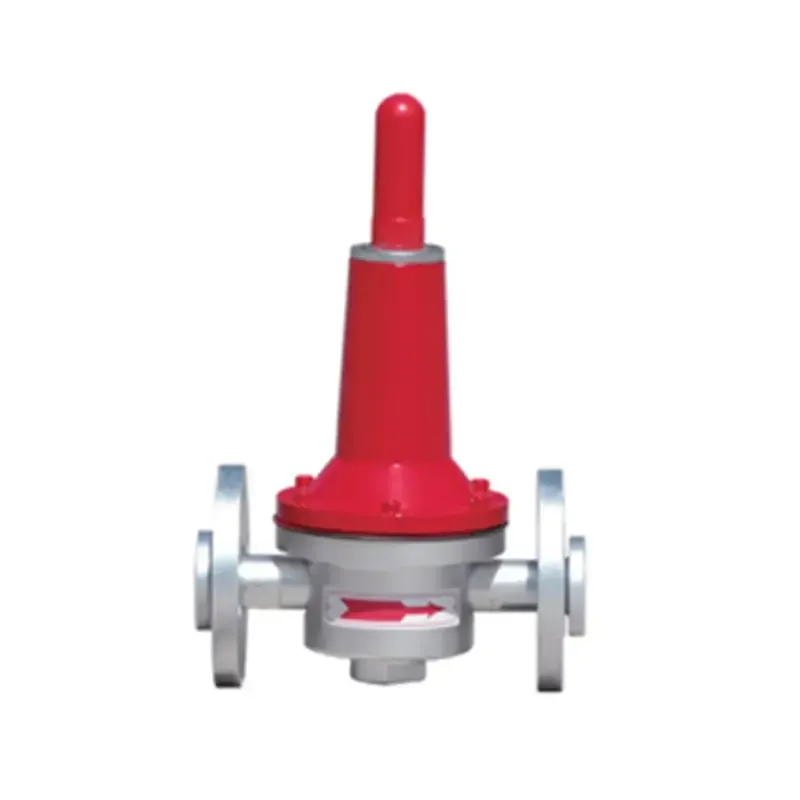
Dec . 03, 2024 16:11
Back to list
gas valve
Understanding Gas Valves Functions, Types, and Applications
Gas valves play a critical role in the control and regulation of gas flow in various applications, ranging from home heating systems to industrial processes. These devices are designed to manage the flow of gas safely and efficiently, ensuring that operations occur without leaks or malfunctions. Understanding gas valves, their types, and their applications can provide insight into their importance in modern technology.
What is a Gas Valve?
At its core, a gas valve is a mechanical device that opens, closes, or partially obstructs the flow of gas. It controls the distribution of gas within a system, allowing for the precise management of pressure, flow rate, and temperature. Gas valves can be operated manually or automatically, depending on the design and application.
Types of Gas Valves
Gas valves come in various types, each with specific use cases and operational mechanisms. Below are some commonly used types
1. Ball Valves These valves utilize a spherical disc, or ball, which has a hole through the center. When the valve is open, the hole allows gas to flow through; when closed, the ball blocks the flow. Ball valves are known for their durability and ability to create a tight seal, making them suitable for high-pressure applications.
2. Gate Valves Often used in applications where minimal flow restriction is required, gate valves operate by lifting a gate out of the path of the gas flow. They are generally used for ON/OFF control and are not ideal for throttling, as partial opening can lead to erosion.
3. Globe Valves These valves are designed for regulating flow rather than providing a fully open or closed position. The disc inside a globe valve moves perpendicular to the flow of gas, allowing for precise control over the flow rate. They are commonly used in applications where a steady gas supply is crucial.
4. Check Valves Also known as non-return valves, these devices prevent the backflow of gas in a system. They operate automatically, allowing gas to flow in one direction while blocking reverse flow, thereby protecting equipment from damage.
5. Solenoid Valves These are electromechanical valves controlled by an electric current. They are often used in automated systems where gas flow needs to be managed remotely or based on specific conditions, such as in HVAC systems or gas appliances.
gas valve

Applications of Gas Valves
Gas valves are integral to numerous industries and applications, showcasing their versatility
- Residential Heating In home heating systems, gas valves regulate the flow of natural gas or propane to furnaces, boilers, and water heaters, ensuring consistent and safe operation.
- Industrial Processes Manufacturing plants utilize gas valves to control the flow of gases in processes such as combustion, chemical reactions, and other industrial applications. Maintaining precise control over gas delivery can optimize production efficiency and product quality.
- Gas Supply Systems Natural gas distribution systems rely on various gas valves to manage pressure and flow from supply sources to end-users. These valves ensure safe and efficient transportation of gas over long distances.
- Medical Equipment In the healthcare sector, gas valves are used in medical gas supply systems, regulating the flow of gases such as oxygen, nitrous oxide, and medical air for patient care.
Safety Considerations
The safe operation of gas valves is paramount. Regular maintenance and inspections are essential to identify potential leaks or functional issues. Additionally, the use of appropriate materials and designs for specific gas types and pressures is critical to prevent accidents. Automation technologies, such as gas detection systems, can enhance safety by providing real-time monitoring of gas flow and pressure.
Conclusion
Gas valves are vital components in various applications, ensuring the safe and efficient management of gas flow. Understanding the different types and their specific uses enables better selection and implementation in both residential and industrial settings. As technology advances, the role of gas valves will continue to evolve, contributing to safer and more efficient operations across multiple sectors.
Next:
Latest news
-
Safety Valve Spring-Loaded Design Overpressure ProtectionNewsJul.25,2025
-
Precision Voltage Regulator AC5 Accuracy Grade PerformanceNewsJul.25,2025
-
Natural Gas Pressure Regulating Skid Industrial Pipeline ApplicationsNewsJul.25,2025
-
Natural Gas Filter Stainless Steel Mesh Element DesignNewsJul.25,2025
-
Gas Pressure Regulator Valve Direct-Acting Spring-Loaded DesignNewsJul.25,2025
-
Decompression Equipment Multi-Stage Heat Exchange System DesignNewsJul.25,2025

